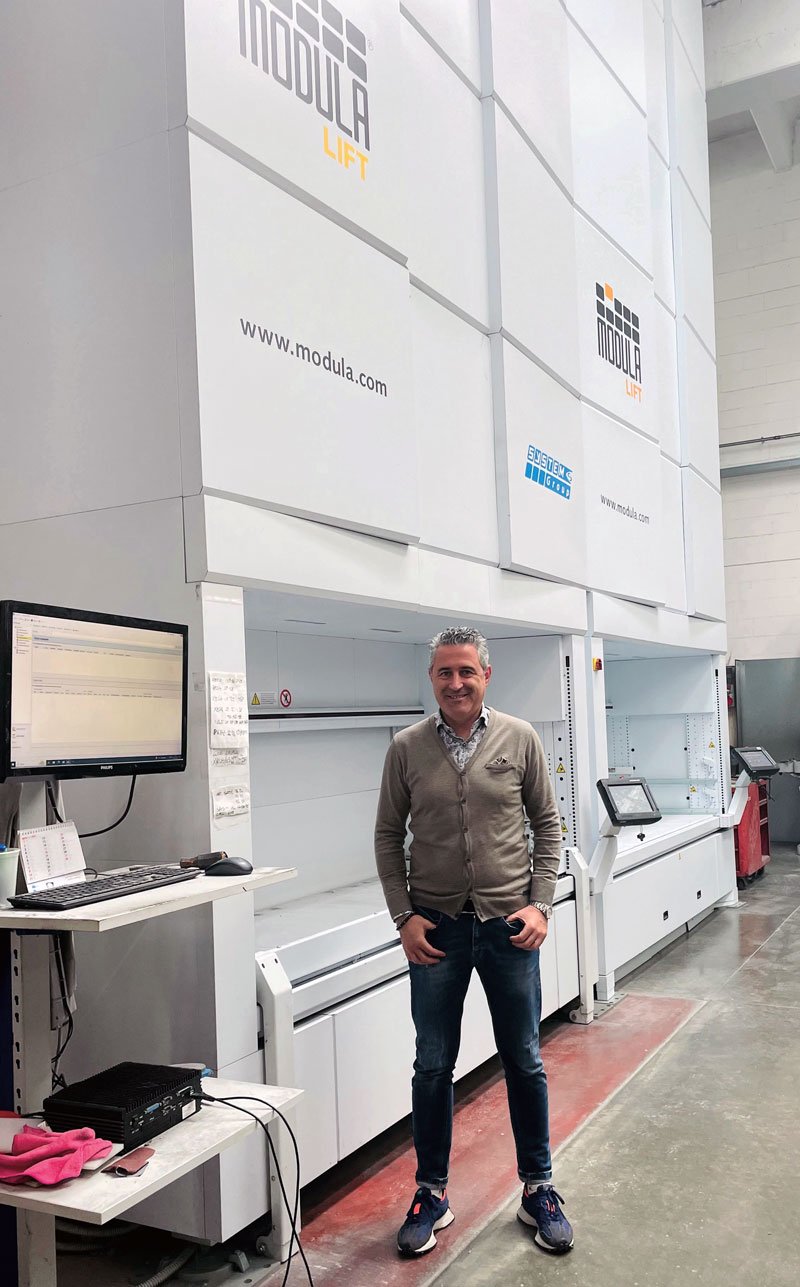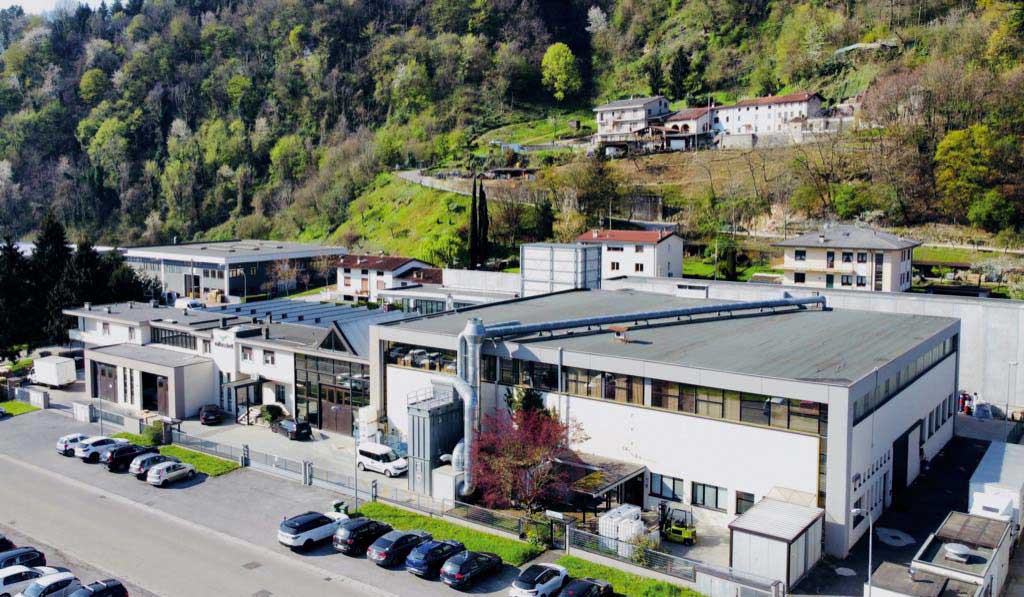In business for over forty years, the Veneto company Valfussbett is synonymous with quality anatomic insoles, with its wide range of polyurethane insoles. Experience and production capacity are the company’s founding components that, combined with a constant commitment to the search for new production solutions and materials with innovative technical characteristics, drive the company into continuous growth. In addition to standard articles, Valfussbett offers maximum availability to customer requests, accompanying them step by step throughout the entire manufacturing process, from sampling to the production of the final article, thus obtaining a 100% Made in Italy product, matching client demands as closely as possible.
We discussed this with Luca Bertollo, Sales Director of Valfussbett. “The company was founded more than forty years ago as a manufacturer of footwear soles thanks to the forward-looking attitude and strenght of the brothers Dino and Giordano Guiotto. Over time we have specialised in the production of removable insoles and footbeds. It has been a natural evolution and thanks to the constant research and studies we have carried out over the years. The company has grown a lot regarding the development of thermoformed polyurethane foams, with raw material formulations that are partly produced in-house, in one of the two factories (which together have an area of almost eight thousand square metres)”.
Have you specialised in implementing innovative technologies and adapting injection moulding machines for specific processes?
“That’s right, we have specialised the processing of many materials: thermoformed, polyethylene, EVA (Ethylene Vinyl Acetate); basically everything that is part of the world of the insole, the removable insole and the footbed. We have also created exclusive systems that allow a more comfortable fit for wedges and sandals’.
The world of footwear is driven by the constant news that is presented in specific seasons, news that smaller brands try to copy and get ahead of.
How do you combine the need for innovation and exclusivity with the utmost secrecy that the fashion world demands?
“The projects are all developed within the technical department, and this allows us to have the secrecy that is indispensable in the fashion world. In recent years we have signed a lot of confidentiality agreements, and for some important suppliers we demand it ourselves. Having an in- house technical department helps us a lot in this, as well as in timing. The brands’ requirements are increasingly faster production times, which is why we have equipped ourselves with all the machining done in house.
What about sustainability?
“The topic of sustainability in the company is very much on our minds and our efforts to respect the environment are constant and continually evolving. We have installed a photovoltaic system of over 100kw, which covers 30% of our electricity needs: we will soon reach 50% self- consumption in two steps. We also have a strict policy regarding waste disposal: we select waste disposers on the basis of their care for the environment; we check, for example, that waste material is recycled. We are also always sensitive to proposals for the recovery of our waste materials, and we currently calculate that we will be able to introduce a percentage of 10-20 per cent recycled within the circuit. Finally, we are working on our entry into the ZDHC (Zero Discharge of Hazardous Chemicals) programme, which focuses on reducing the environmental impact of chemicals used in the textile, clothing and footwear industry. A project in which we believe, and which is also strongly supported by the brands. It is a long journey, which can last from three to eight years, which must then be maintained by working on both production processes and raw materials. If the supplier is already in the project, it will provide faster responses, but it is also possible to run into obstacles, as joining the programme is not compulsory. Over the next five years, therefore, the choice of supplier will be paramount, and will be made on the basis of certain sustainability characteristics. Given the same technical characteristics and workability of the material, the supplier’s sensitivity to sustainability will make all the difference.
It is not just a requirement imposed on you from outside, therefore, but a process that you have assumed.
“A need that we have decided to embrace both because it is demanded by the market and because it is our ethical choice. The aim is to make the production process as sustainable as possible from the simplest things to the most complex things. For companies like ours that use polyurethane, obtaining a production that impacts as little as possible on the environment will take time, which will not be short, but we strongly believe in this choice”.

Luca Bertollo, sales manager in front of the Modula vertical warehouse


